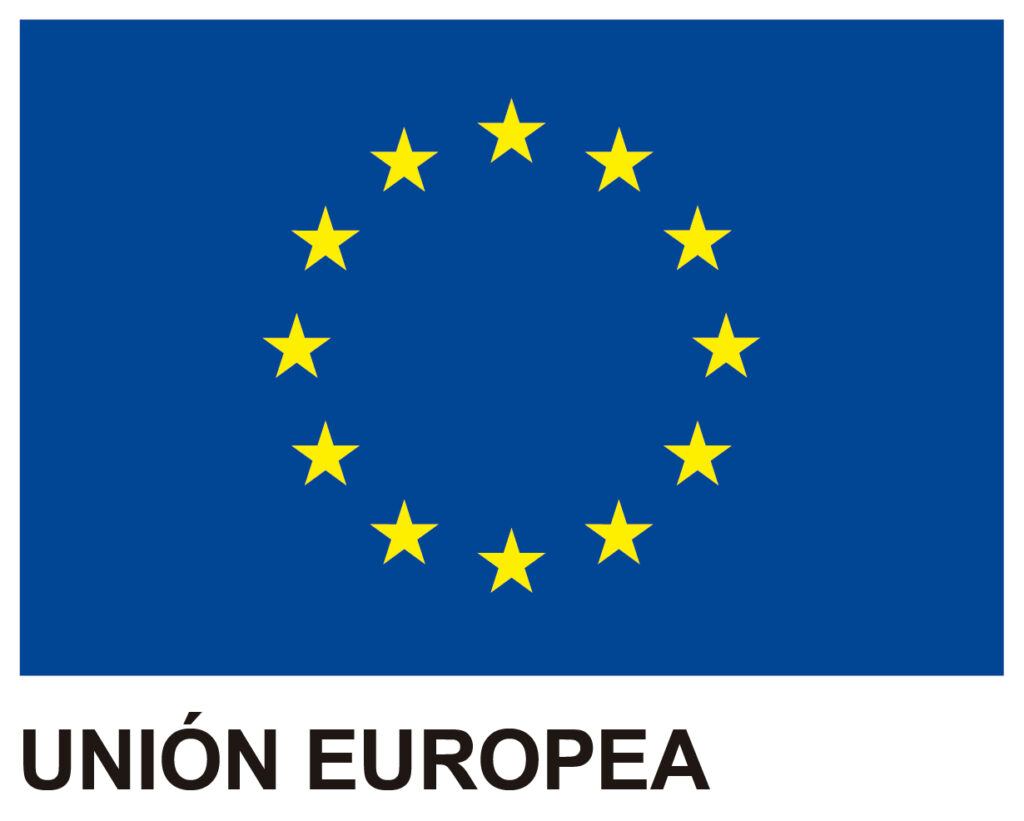The success of any organization largely depends on its ability to effectively address risks. In this context, the concepts of risk control and risk management are often confused, although they represent different aspects within the framework of business protection. Understanding these differences is not only crucial for developing more effective strategies but also for ensuring regulatory compliance and organizational resilience.
In this article, we explore in depth what each term means, how they complement each other, and why both are essential for comprehensive risk management.
What is Risk Control?
Risk control focuses on specific actions designed to reduce or mitigate risks that have already been identified. It is the practical application of measures and procedures to minimize the impact of risks on the organization.
Key Aspects of Risk Control:
- Preventive measures: Prevent a risk from materializing.
- Corrective measures: Reduce the impact of a risk once it occurs.
- Tactical execution: Includes specific policies, internal controls, and technologies designed to address concrete risks.
Practical example: In an IT company, a risk control measure could be the installation of firewalls and intrusion detection systems to prevent cyberattacks.
What is Risk Management?
On the other hand, risk management is a strategic process that encompasses the identification, assessment, prioritization, and monitoring of risks. This holistic approach seeks to integrate risk management at all levels of the organization, enabling informed decisions that balance risks and opportunities.
Key Aspects of Risk Management:
- Identification: Recognize potential risks that may affect business objectives.
- Assessment: Analyze the likelihood of occurrence and impact of each risk.
- Prioritization: Determine which risks require immediate attention.
- Continuous monitoring: Adapt management strategies as risks evolve.
Practical example: A financial company may use advanced analysis tools to identify market risks and develop proactive strategies to mitigate future losses.
Main Differences between Risk Control and Risk Management
Although interrelated, risk control and risk management have fundamental differences:
| Aspecto | Control de Riesgos | Gestión de Riesgos |
|---|---|---|
| Enfoque | Táctico y operacional. | Estratégico y holístico. |
| Objetivo | Reducir el impacto de riesgos específicos. | Identificar y gestionar riesgos a nivel global. |
| Horizonte Temporal | Corto plazo, basado en acciones inmediatas. | Largo plazo, centrado en la planificación futura. |
| Ejemplo | Implementar medidas de ciberseguridad. | Crear un marco general de gestión de riesgos. |
How Do They Complement each other?
Rather than considering them as separate concepts, risk control and risk management are complementary pieces of a broader strategy.
- Risk management establishes the framework: It identifies risks, assesses their impact, and prioritizes those that need to be addressed.
- Risk control executes the measures: It applies specific actions based on established priorities.
Metaphor: If risk management is the design of an architectural plan, risk control is the execution of the construction according to that design.
A balanced approach between risk management and control can make the difference between an organization’s resilience and vulnerability. Here’s why:
- Operational efficiency: It allows resources to be allocated effectively according to priorities.
- Regulatory compliance: It facilitates alignment with standards such as ISO 31000 and ISO 27001.
- Organizational trust: It reinforces internal and external security by demonstrating a proactive approach to risks.
Technological Tools for Risk Management and Control
Technology plays a crucial role in the success of both practices. Advanced tools, such as GRC solutions (Governance, Risk, and Compliance), facilitate both risk identification and monitoring as well as the execution of controls.
At GlobalSuite Solutions, we offer comprehensive tools designed to effectively manage and control risks. Our solution includes:
- Risk identification: A centralized inventory to document and categorize risks.
- Control automation: Implements specific measures to mitigate risks efficiently.
- Monitoring and reporting: Provides real-time visibility into the status of risks and their mitigation.
Risk control and risk management are essential components for a comprehensive protection strategy. While risk control focuses on specific actions, risk management provides the strategic vision necessary to address challenges proactively.
By adopting both practices in a complementary manner, organizations can build a solid foundation that prepares them to face uncertainties and maximize opportunities. With tools like those offered by GlobalSuite Solutions, ensuring efficient management has never been easier.



